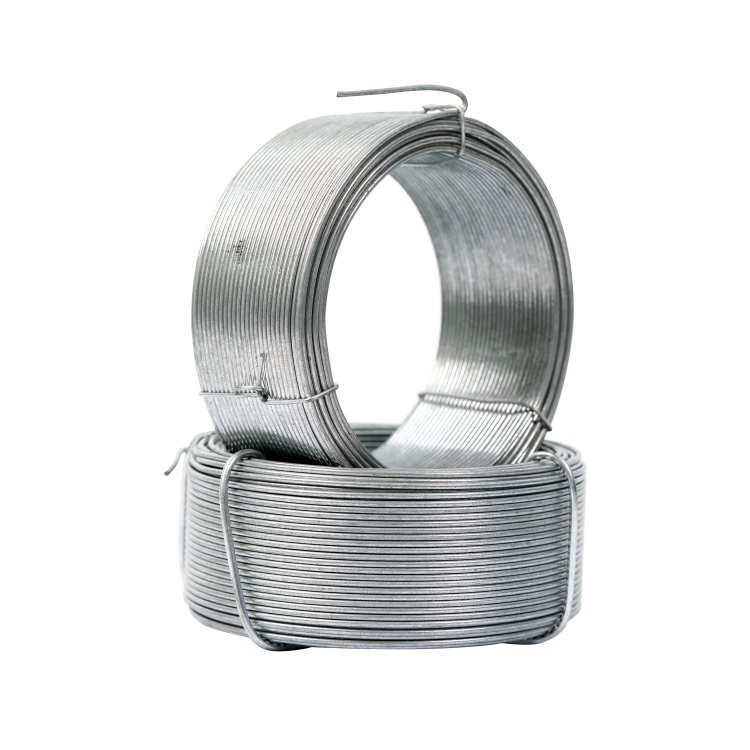common round iron nail
The Common Round Iron Nail A Historical and Practical Perspective
The common round iron nail, often overlooked, is one of the most significant inventions in construction and woodworking history. Its simple design and multitude of applications make it an indispensable tool in various trades, from carpentry to masonry. Although it appears to be a humble accessory, the round iron nail has played a crucial role in shaping human civilization and advancing technological progress.
Historically, nails have been used for thousands of years. The earliest nails were made from copper and bronze, but as metallurgy advanced, iron became the material of choice due to its strength and abundance. The round iron nail emerged as a pivotal component in the construction of timber structures, furniture, and various other applications. Its design consists of a slender shaft with a flat head, allowing it to drive easily into wood while providing a secure hold.
The round shape of the iron nail has several advantages. It allows for easy insertion into the material, while its rounded head ensures that it does not easily pull through under stress. This feature is especially important in wooden structures where stability is paramount. Furthermore, the uniform design allows for mass production, which contributed to the rise of industrial manufacturing during the 19th century.
common round iron nail

From a practical standpoint, the versatility of the round iron nail cannot be overstated. These nails are suitable for a wide range of applications, including framing, sheathing, roofing, and finishing work. Carpenters typically rely on them for securing wooden beams and creating stable frameworks for buildings. Additionally, in furniture making, round iron nails are often used to assemble various components, providing both strength and aesthetic appeal.
In modern construction, while alternative fastening systems such as screws and staples have gained popularity, round iron nails remain a staple in many applications. Their ability to hold materials together while resisting shear forces makes them indispensable in scenarios where flexibility and movement are necessary. For example, in regions prone to seismic activity, the use of nails allows for some movement in wooden frames, reducing the risk of catastrophic failure.
Environmental considerations also lend credibility to the use of round iron nails. Made primarily from iron, a recyclable material, these nails can be reused and recycled, thereby minimizing waste. Their production process has become more environmentally friendly over the years, contributing to sustainability efforts within the construction industry.
In conclusion, the common round iron nail might seem like a small and inconspicuous tool, yet its impact on construction and craftsmanship is monumental. Its historical significance, combined with its practical benefits and adaptability, cements its status as an essential component in various building applications. From ancient structures to modern homes, the round iron nail continues to play a vital role in not only holding materials together but also in fostering innovation and sustainability in construction practices. As we move forward, the evolution of the humble nail will likely continue, but its foundational value in building remains unchanged.
-
The Versatility of Gabion Mesh
NewsMay.09,2025
-
The Versatility and Durability of Square Wire Mesh
NewsMay.09,2025
-
The Importance of a Quality Border Fence
NewsMay.09,2025
-
Hexagonal Wire Netting: A Complete Guide to Its Versatility and Value
NewsMay.09,2025
-
Explore the Benefits of Bulk Field Fence
NewsMay.09,2025
-
Discover Quality Weld Mesh for All Your Needs
NewsMay.09,2025














